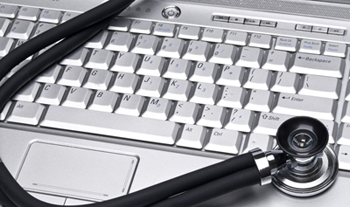
The American Health Information Management Association (AHIMA) defines TAT for transcribed reports as “the elapsed time from completion of dictation to the delivery of the transcribed document either in printed medium or electronically to a repository”. Healthcare providers have to get their transcribed reports as quickly as possible. However accurate, of what use would a history or physical report be if the healthcare provider gets it after the surgical or medical procedure is performed?
Technology plays a significant role in ensuring the delivery of processed documents within the specified TAT. Professional medical transcription companies are equipped with the latest technology applications that increase the overall efficiency of transcription process and deliver the transcribed files in time to meet the needs of the healthcare provider.
A study titled ‘Transcription Turnaround Time on Common Document Types’ published by the Joint Task Force on Standards Development of the American Health Information Management Association (AHIMA) and Medical Transcription Industry Association points out that the successful implementation of certain technologies can reduce the dictation-to-delivery time. These include:
- Use of digital recorders, microcassettes, personal digital assistants (PDA) and other portable dictation devices
- Document distribution technologies which include distributed printing, auto fax, uploading/integration to an EHR, document scanner, document repository or any other information system.
- Web-based or electronic based solutions that provide easy access to voice and text which include the capability to access voice files prior to documentation process.
- Systems such as picture archival and communication system (PACS), barcode readers and handhelds with online patient lists don’t require a user to manually enter data instead they perform automatic collection of patient data.
Though the task force recognizes that introduction of speech recognition technologies such as Front End Speech Recognition (FESR) and Back End Speech Recognition (BESR) can improve TAT, it points out that transcription services will not be fully replaced anytime soon. The reason is that manual medical transcription services and comprehensive free-thought narratives are crucial to produce a report that ensures continuity of care. In fact, a study conducted in September 2012 found that while VR (Voice Recognition) offered benefits such as improved TAT and the ability to complete reports without manual intervention, the prohibitive costs of implementing VR leads to its rejection as a substitute for digital transcription services.


